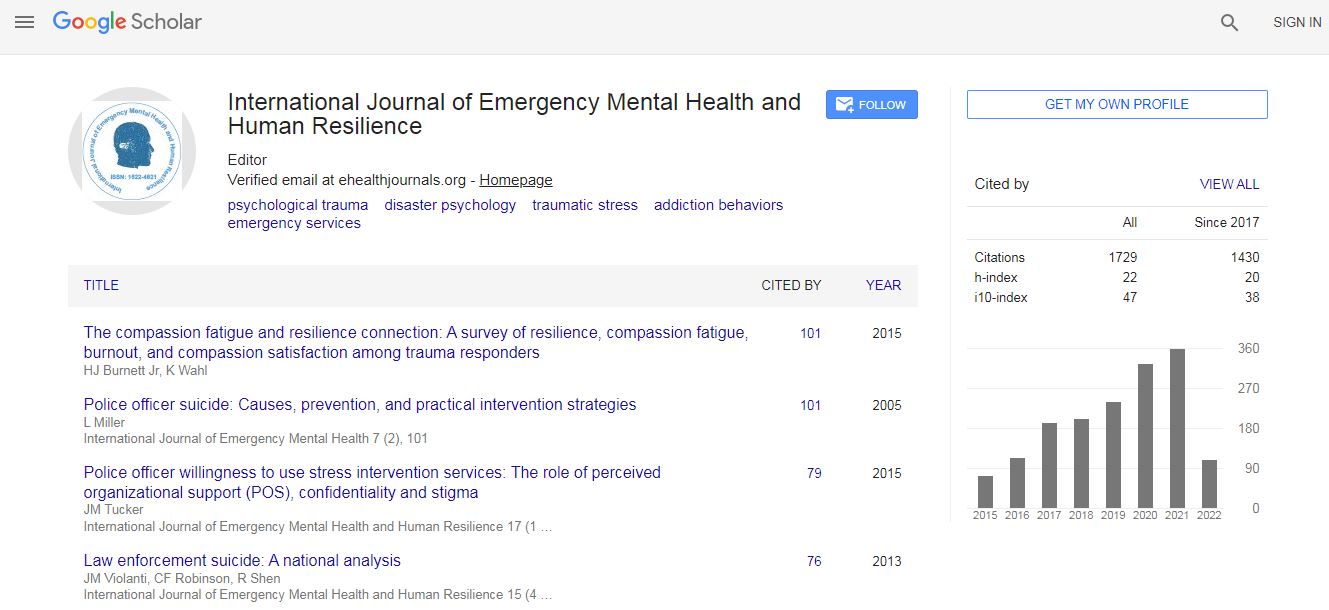Research Article
Alcohol Use Among Full-Time Students of the University of Abuja
Chikezie U Eze1* and Uchendu I Uzoeghe2
1Department of Mental Health, Faculty of Clinical Sciences, Niger Delta University, Amassoma, Bayelsa state, Nigeria
2Department of Internal Medicine (Psychiatry), University of Abuja Teaching Hospital, Gwagwalada, Abuja (FCT), Nigeria
Abstract
Alcohol is a common and avoidable cause of morbidities and mortalities among students and the general population globally. The use of alcohol is on the increase, both in quantity and prevalence, in developing countries, including Nigeria. Thus it is very important to explore the use extensively among students, especially in tertiary institutions. Methods: We investigated the use of alcohol among 3rd and 4th year students from different faculties in the University of Abuja. This was a cross-sectional study in which 600 students were randomly selected to participate. The instruments were made up of a socio-demographic questionnaire and the World Health Organization (WHO) questionnaire for student drug use surveys. Data was analysed using SPSS-16. Results: Lifetime and current use of alcohol were 56.5% and 33.3% respectively; and were higher among males, adolescents/young adults and those from dysfunctional homes. While students are aware of the harmful effects of alcohol, they have difficulties stopping its’ use. Conclusion: The rates of lifetime and current alcohol use among university students are high. Appropriate measures and interventions have to be instituted to address these issues.

 Spanish
Spanish  Chinese
Chinese  Russian
Russian  German
German  French
French  Japanese
Japanese  Portuguese
Portuguese  Hindi
Hindi 